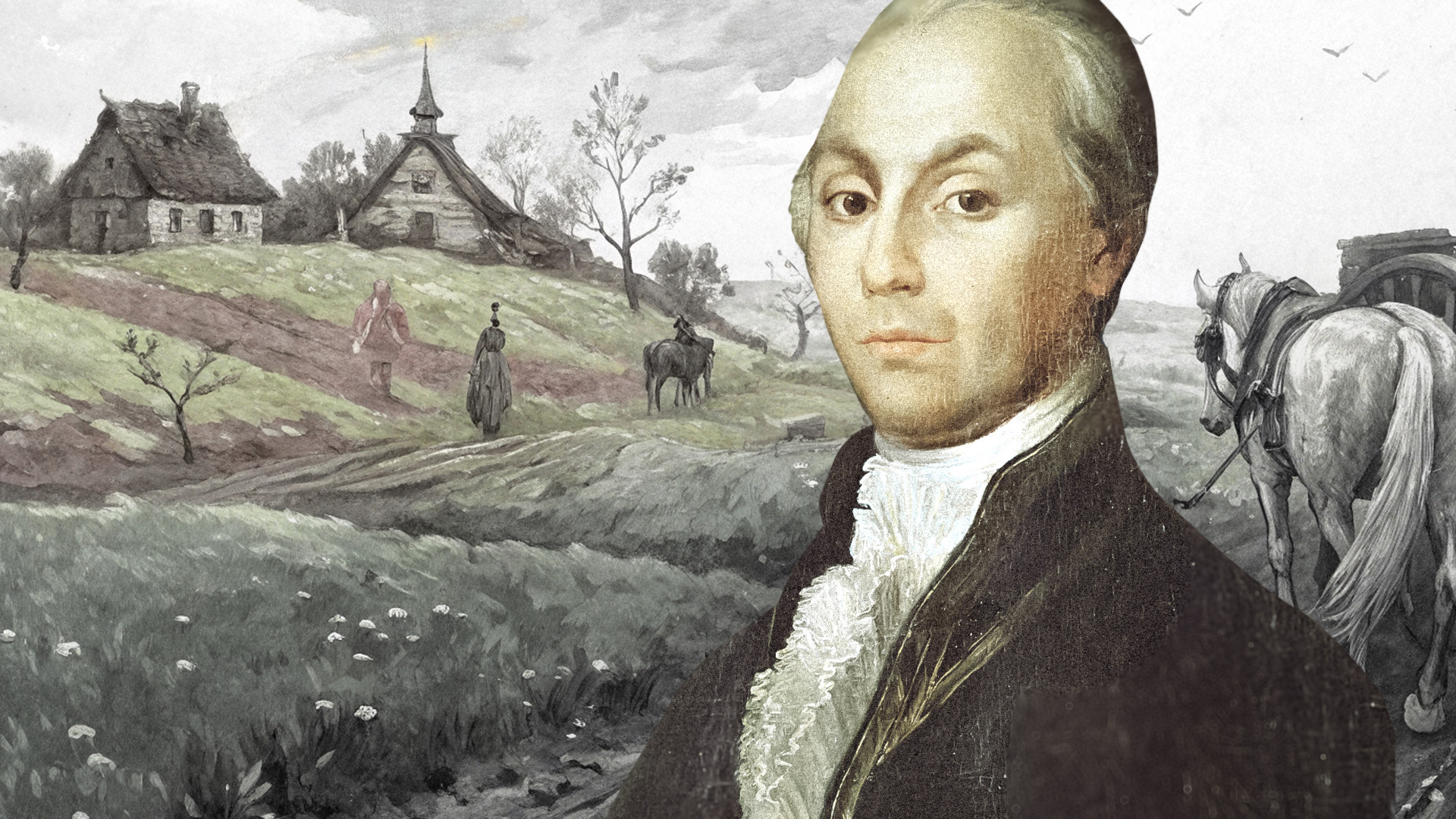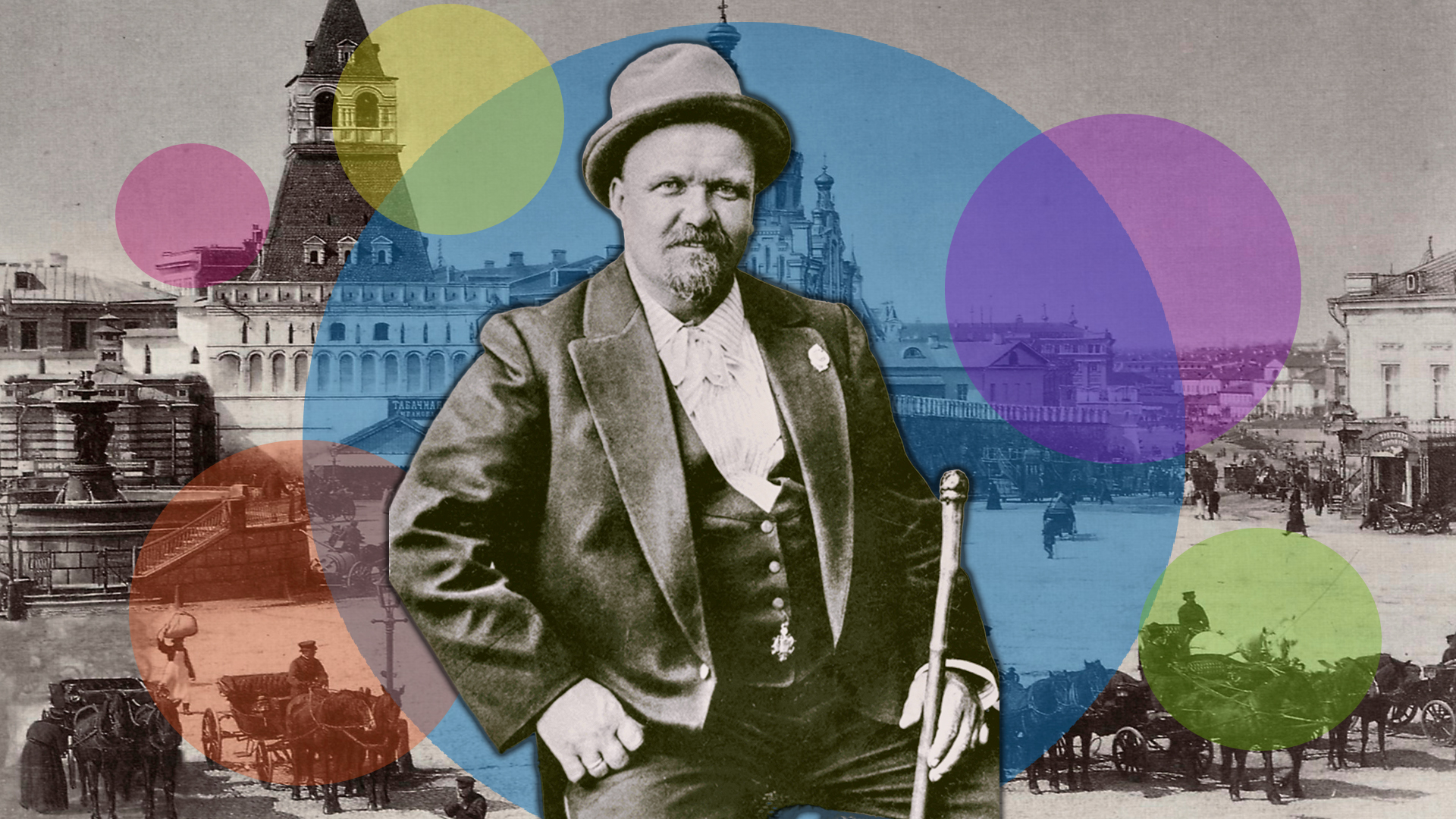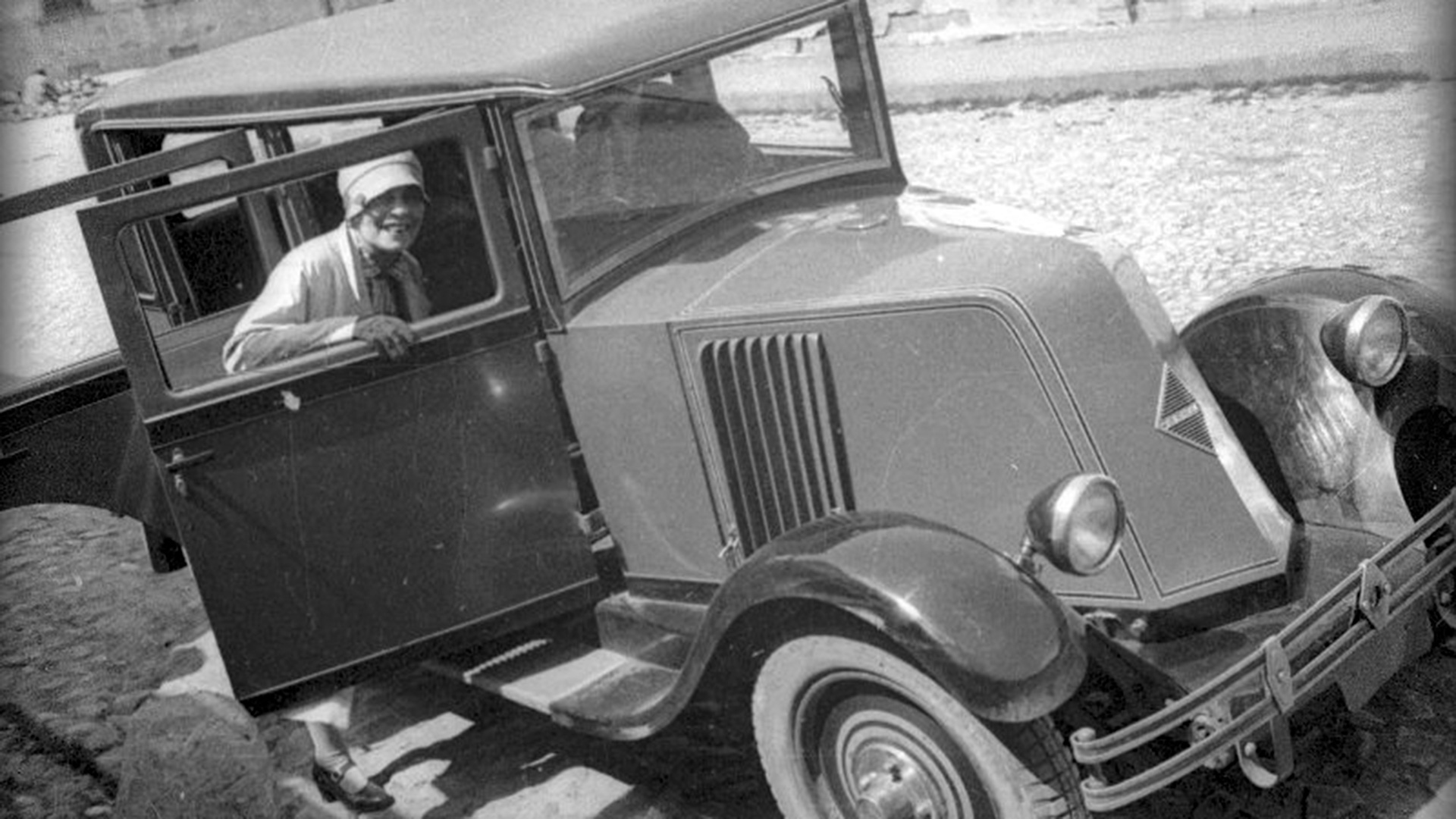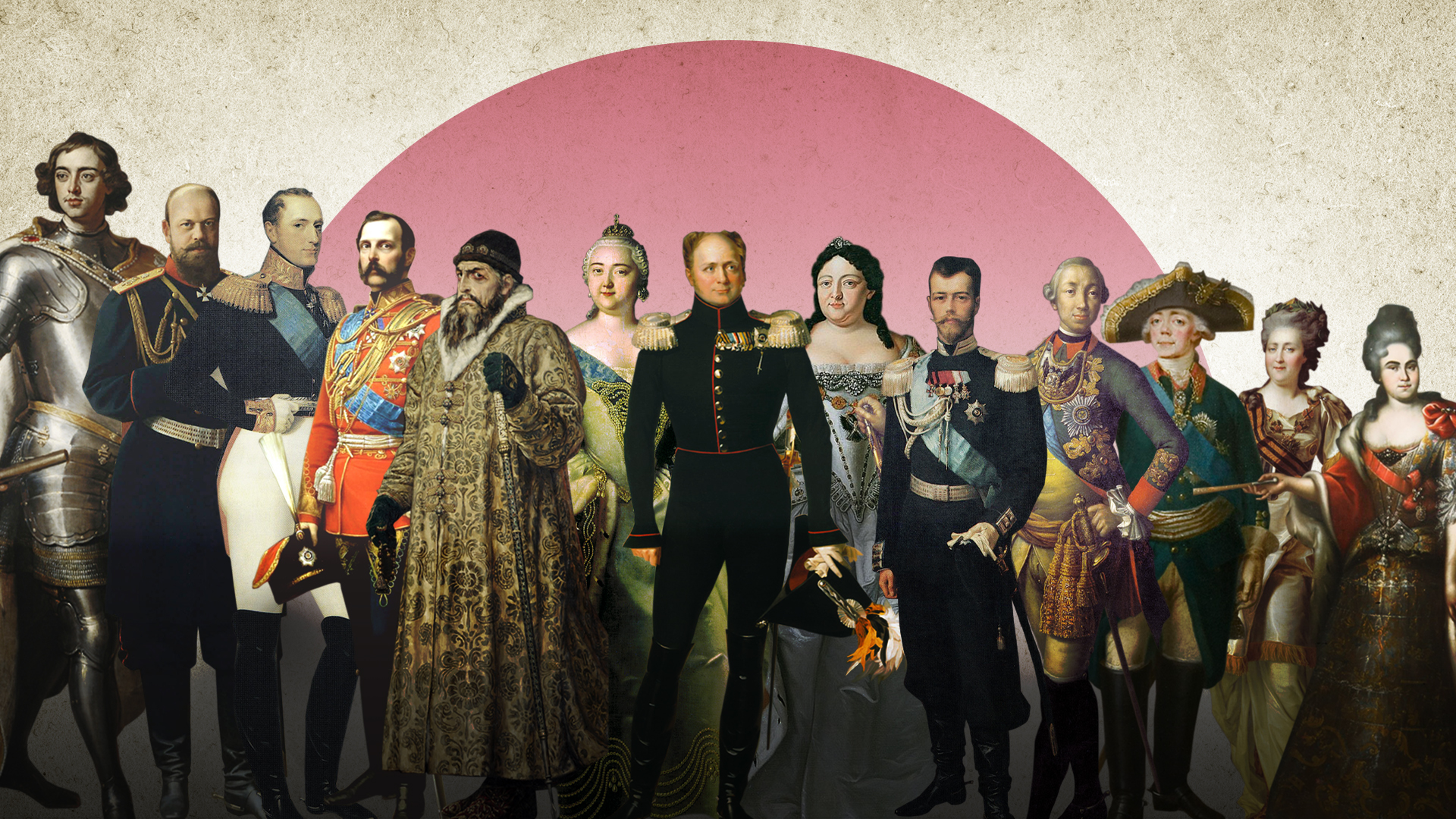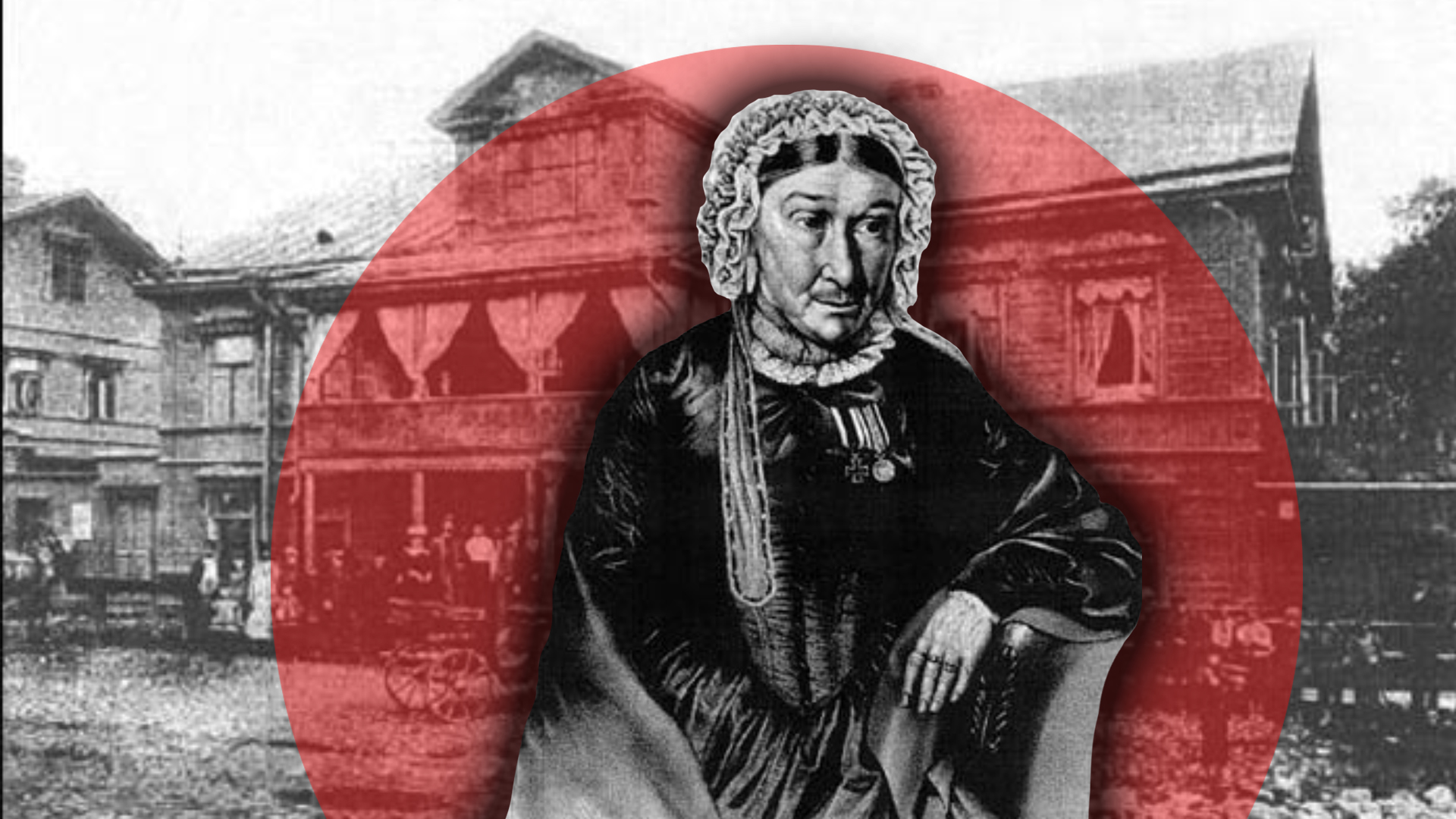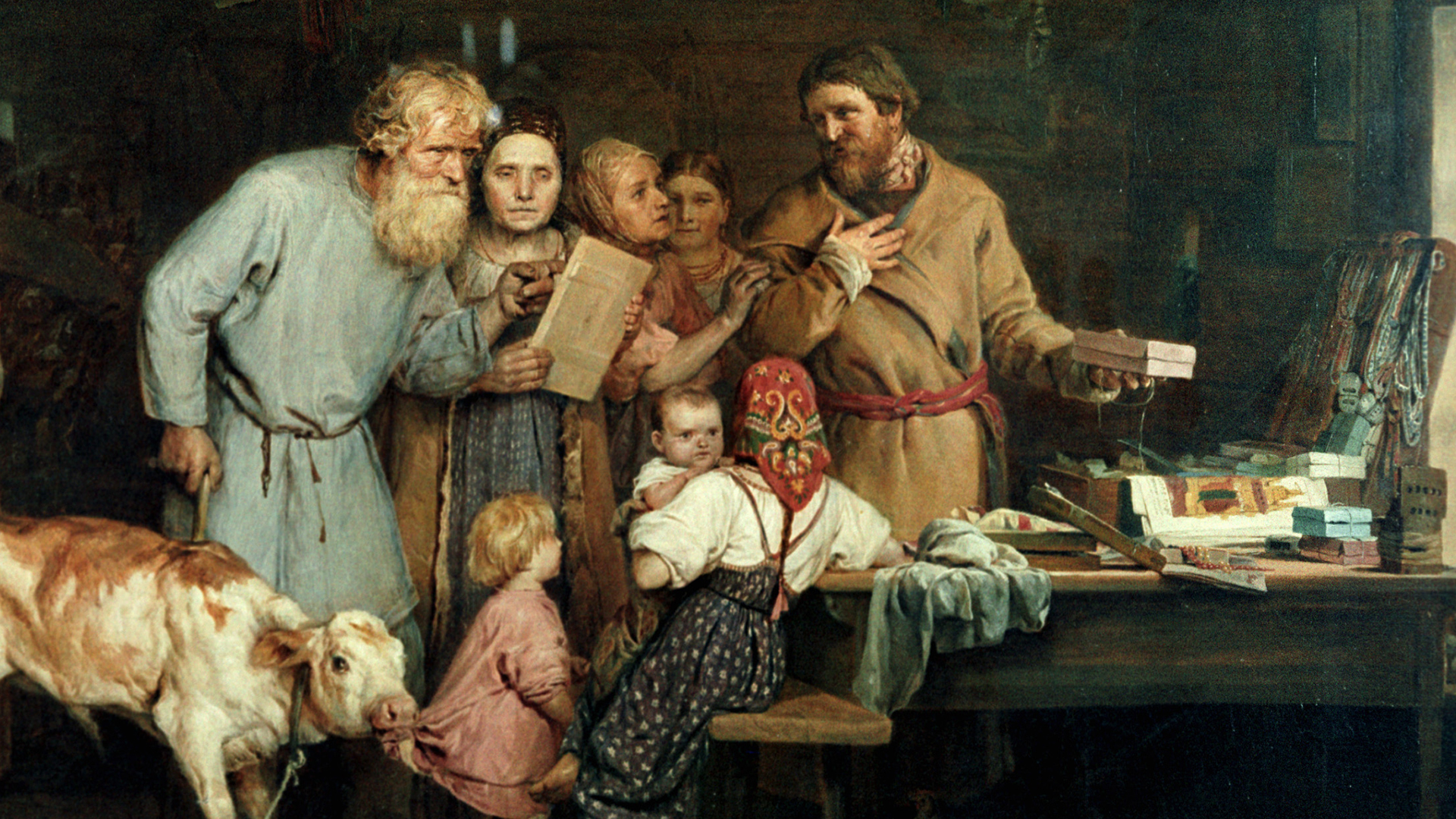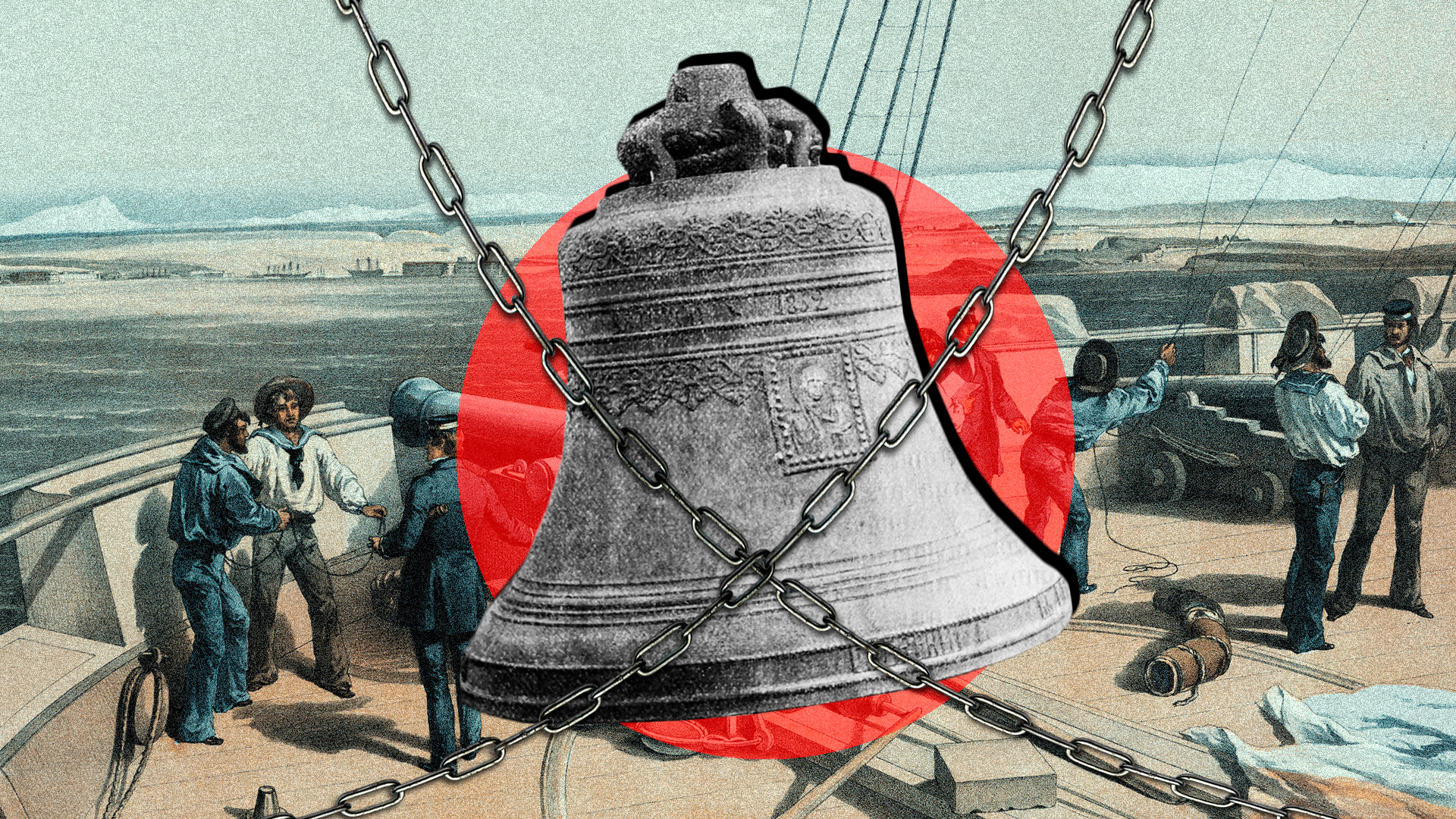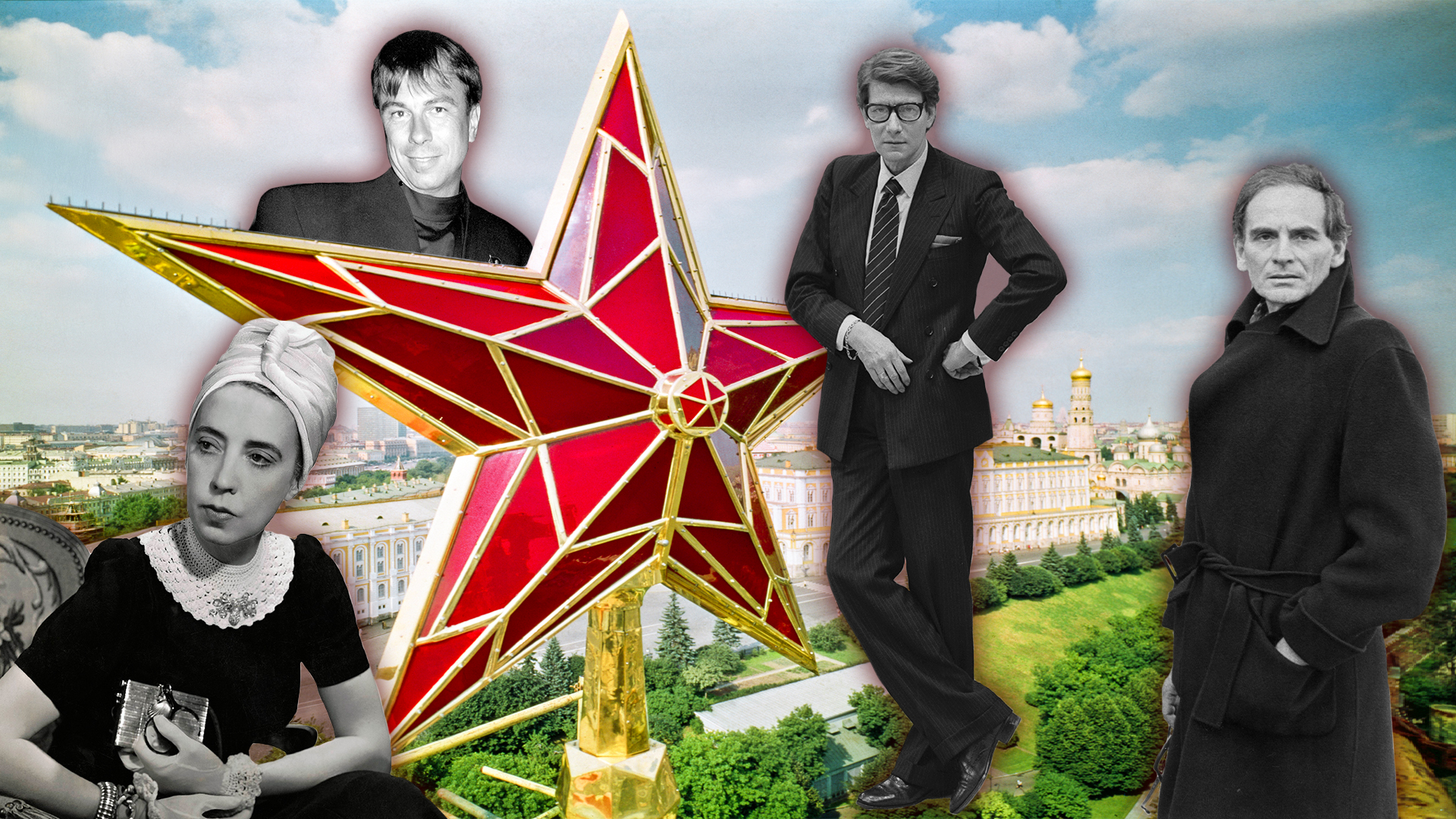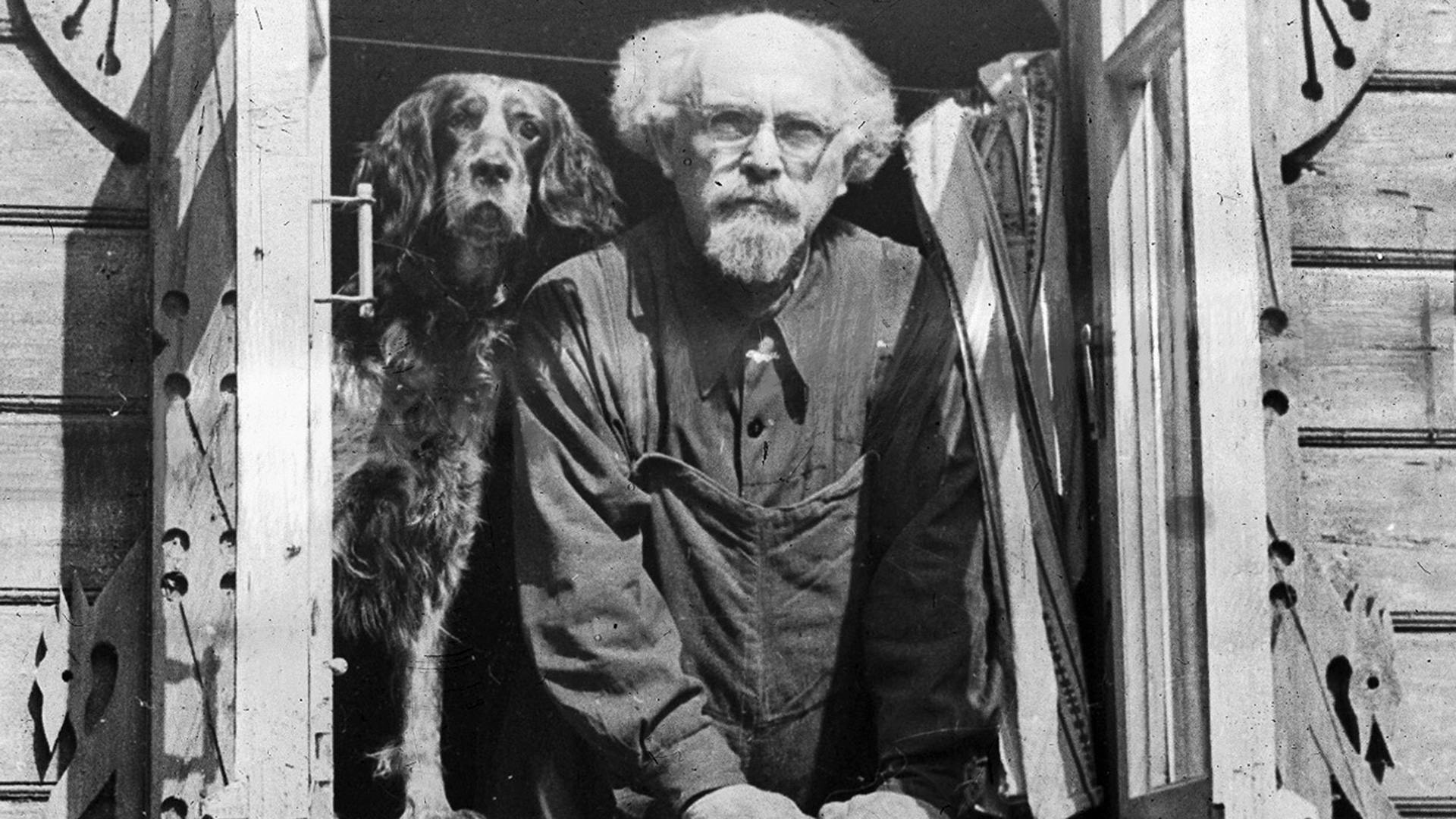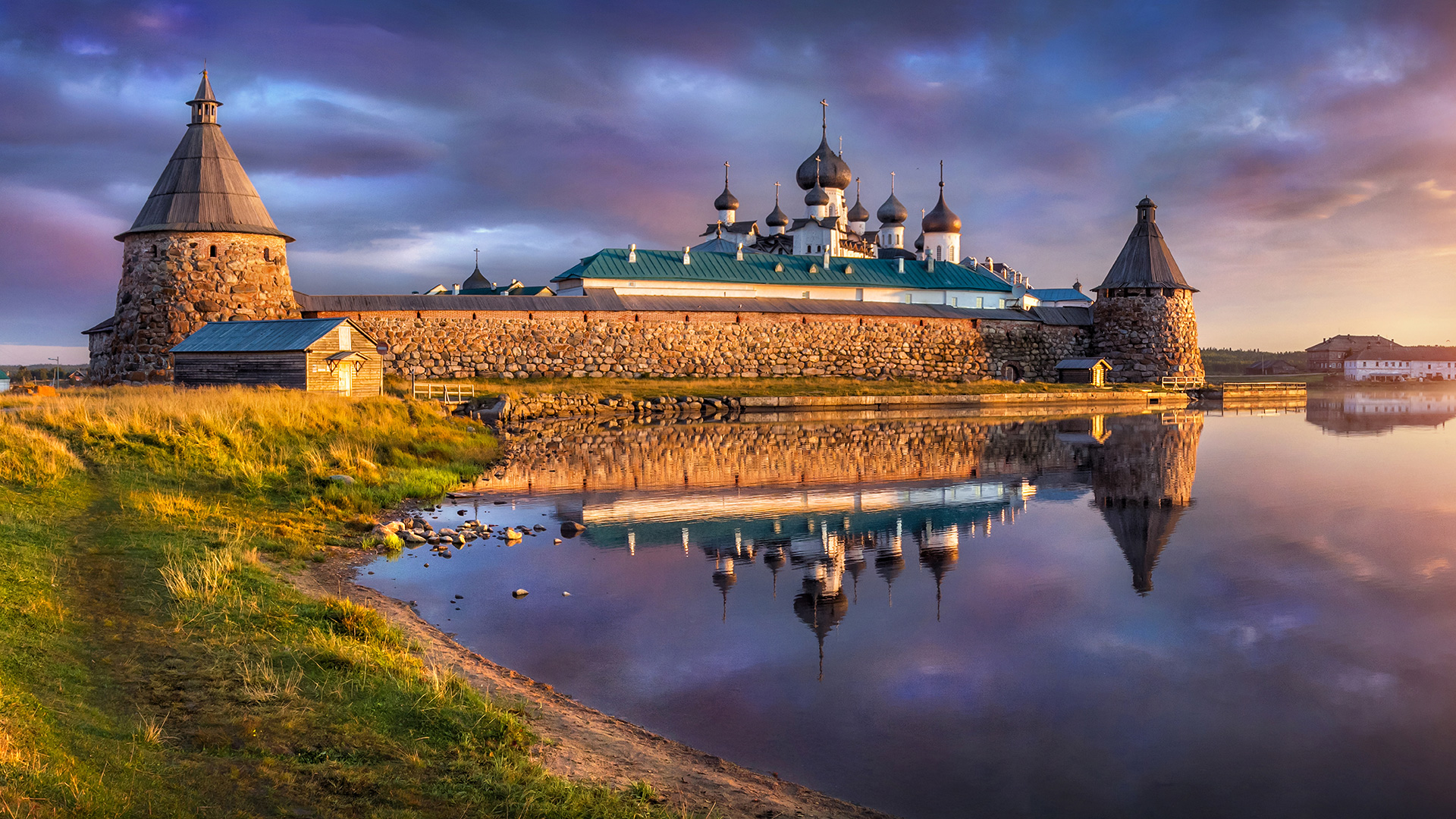
How Russian scientist Ivan Michurin changed the laws of nature
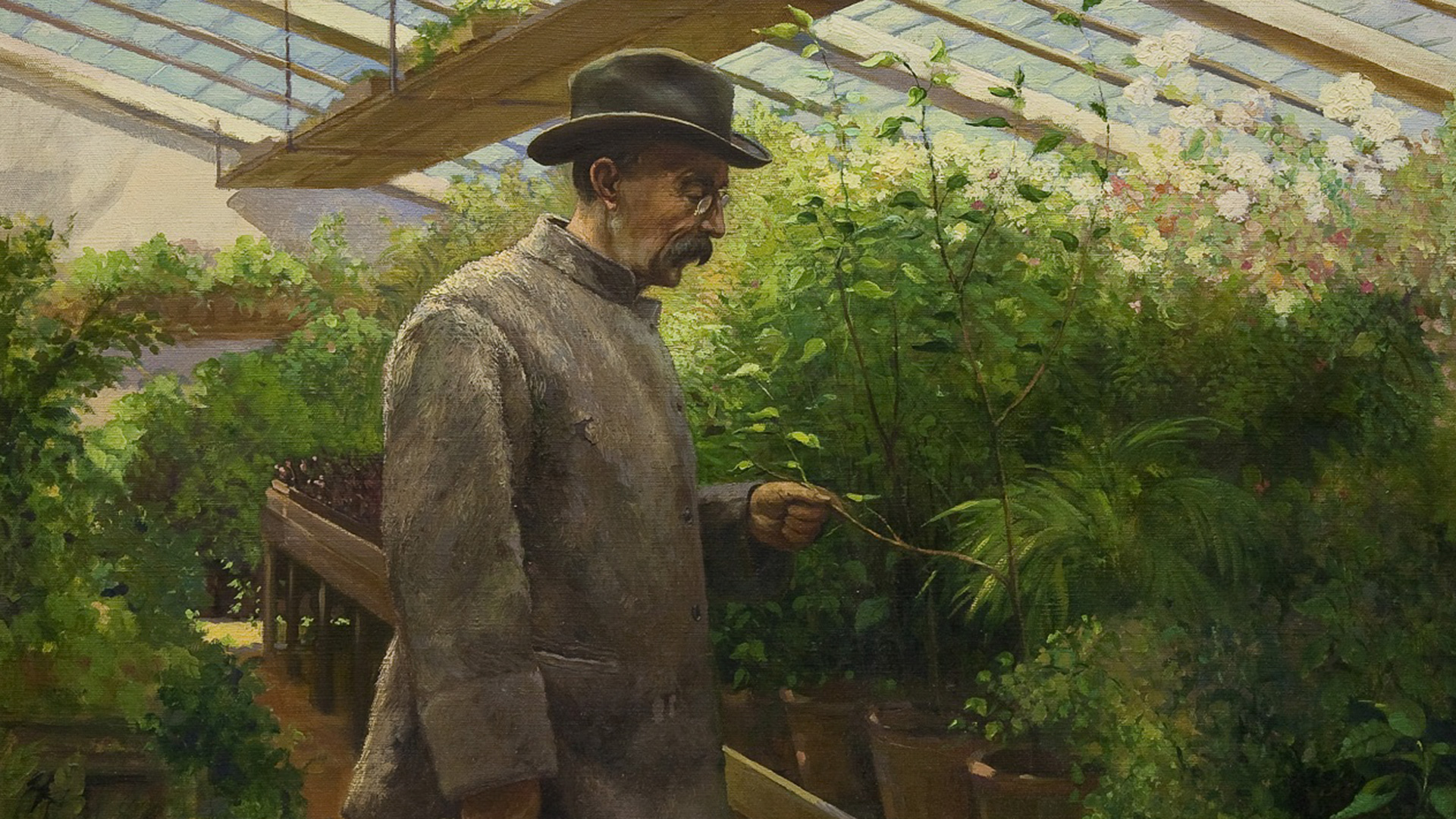
"We cannot wait for favors from nature. To take them from her is our task." Every Russian knows this phrase, but few realize who first said it. And no, it's not a metaphor. Its meaning is literal. Because its author, famous Russian and Soviet plant breeder Ivan Michurin (1855-1935), literally changed the nature of plants with his own hands. From the age of five, Michurin was raised by his father alone. Like his ancestors, he was passionate about gardening and instilled in his son a love of nature and plant growing. The boy also showed an interest in the natural sciences: by the age of eight, he had mastered various tree grafting techniques, helped his father in the apiary and flower gardens and devoted all his free time to reading biology.
After graduating from a district school, his plans to attend a lyceum in the capital were dashed, due to the family's bankruptcy and the sale of the estate to pay off debts. Michurin was, instead, enrolled in the Ryazan gymnasium, but was soon expelled for disrespecting the administration. He then worked as a clerk at the railway station, quickly becoming an assistant to the stationmaster, while studying telegraphy and electricity in his free time.
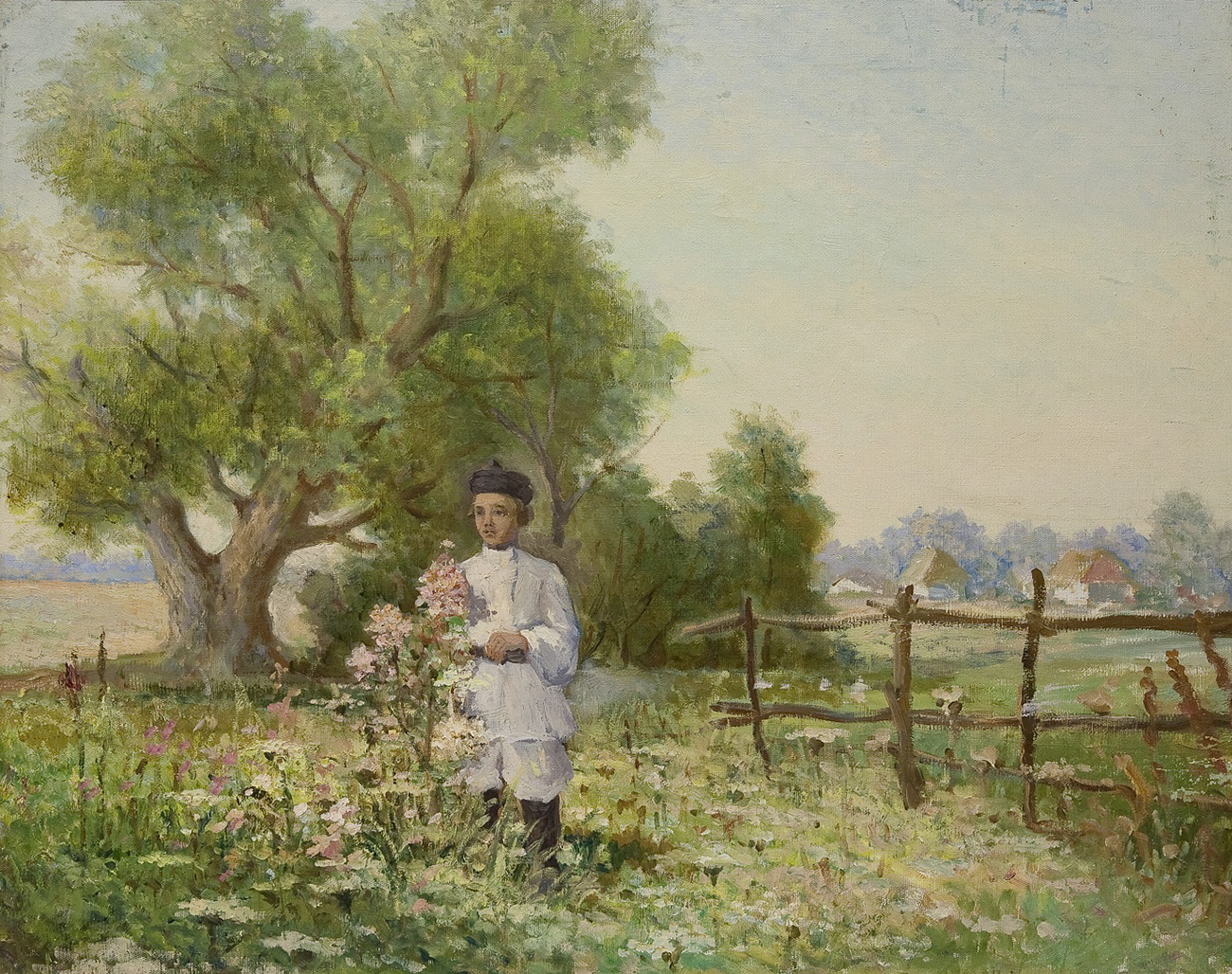
In 1875, despite his modest income, he rented an estate and founded his first plant breeding nursery. While working on the railroad, he spent all his income on purchasing seeds, seedlings and literature and his wife supported him in every way.
His persistence yielded outstanding results: he developed winter-hardy varieties of apples, pears, and plums and was also the first to cultivate cherries, almonds, grapes and other crops in the temperate climate zone. To understand the scale of this self-taught scientist's work, it's enough to say that he greatly diversified the Russian orchard: apples and pears became larger and more diverse for the temperate climate zone and were complemented by typical southern fruit trees, which were previously unimaginable in the temperate climate zone. He also laid the foundations for modern plant breeding and his methods are still used by plant breeders worldwide to this day.
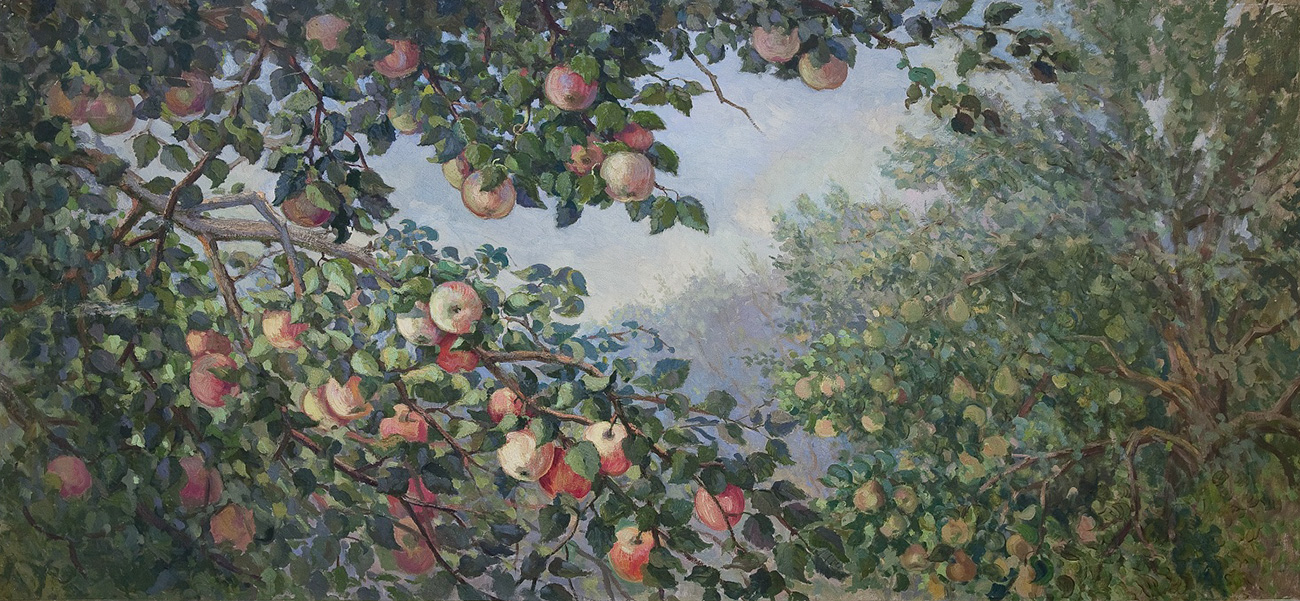
Michurin's fame extended beyond Russia. He received job offers from abroad, including an official invitation from the United States in 1913, which he declined.
After the 1917 Bolshevik Revolution, his work received support from the Soviet government and Vladimir Lenin held him in high esteem. Michurin became one of the country's most renowned plant breeders, awarded the highest state awards and research institutes were established at his nursery. Although he had no formal education, he was, nevertheless, awarded the title of ‘Doctor of Biological Sciences’ and became an honorary member of the USSR Academy of Sciences.

To mark the 170th anniversary of I.V. Michurin's birth, the Darwin Museum is hosting the ‘Gardeners and Horticulture’ exhibition, featuring works by artist Viktor Yevstafyev, rare 19th-century books on gardening, as well as archival materials about the life and achievements of the renowned scientist. It runs until December 14, 2025.


